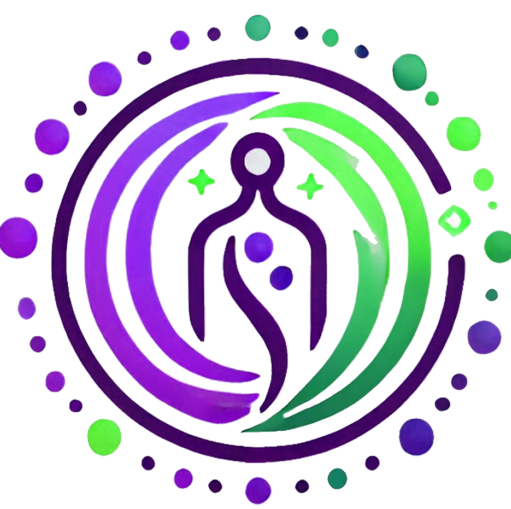Introduction: Inflammation is the body’s natural response to injury or infection, but chronic inflammation can lead to various health issues, including pain, fatigue, and disease. Through NeuroCellular Reconditioning, you can reduce inflammation by using the power of your mind to promote healing and restore balance within your body.
1. Neuro-Visual Integration (NVI): Visualizing Inflammation Reduction
Practice:
Engage in a daily visualization exercise where you picture areas of inflammation in your body calming down and returning to a healthy, balanced state. Imagine redness, swelling, and pain dissipating as your body’s natural healing processes take over.
Guided Imagery:
Spend 10-15 minutes each day visualizing the affected areas of your body as cool, calm, and free from inflammation. See the inflammation shrinking and disappearing, leaving behind healthy, pain-free tissue.
2. Cognitive Reprogramming Constructs (CRC): Rewiring for Reduced Inflammation
Affirmation:
Use intention-driven statements like, “My body is free from inflammation,” or “Every cell in my body supports healing and balance.”
Application:
Repeat these affirmations aloud, especially during moments of reflection or meditation. This practice helps to rewire your neural circuits, fostering a positive internal environment that promotes the reduction of inflammation.
3. Autonomic Modulation Protocols (AMP): Breathing to Calm Inflammation
Breathing Exercise:
Incorporate deep, rhythmic breathing into your daily routine to reduce stress and support the body’s natural ability to heal. Practice diaphragmatic breathing for 5-10 minutes each day, focusing on slow, steady breaths that promote relaxation and reduce inflammatory responses.
Protocol:
Inhale deeply through your nose, filling your lungs completely, and then exhale slowly through your mouth. This technique helps activate the parasympathetic nervous system, which supports healing and reduces inflammation.
4. NeuroReflective Documentation (NRD): Journaling for Inflammation Reduction
Journaling Practice:
Document your thoughts, feelings, and intentions related to inflammation in your body. Reflect on any stressors or habits that might be contributing to inflammation, and write about your goals for reducing and managing it.
Prompt:
“At the end of each day, I will write about how my body felt, particularly in areas affected by inflammation. I will set positive intentions for the following day, focusing on how I want my body to heal and restore balance.”
5. Quantum-Resonance Meditation (QRM): Meditating for Inflammation Healing
Meditation Practice:
Engage in daily meditation that synchronizes your brainwaves, achieving a state of deep coherence that supports the body’s healing processes. Focus on bringing balance and harmony to the areas affected by inflammation through relaxation and mental clarity.
Guided Session:
Find a quiet space, close your eyes, and breathe deeply. As you meditate, visualize the inflammation in your body receding, your tissues healing, and your body returning to a state of balance and health. Feel a sense of peace and trust in your body’s ability to heal.
Conclusion
By integrating these practices into your daily routine, you can actively support your body’s ability to reduce inflammation and restore balance. Each of these techniques is designed to empower you, helping you align your thoughts, emotions, and body in the pursuit of optimal health.
Remember: Consistency is key. The more you engage with these practices, the more effective they will be in supporting your body’s natural ability to reduce inflammation and heal.
